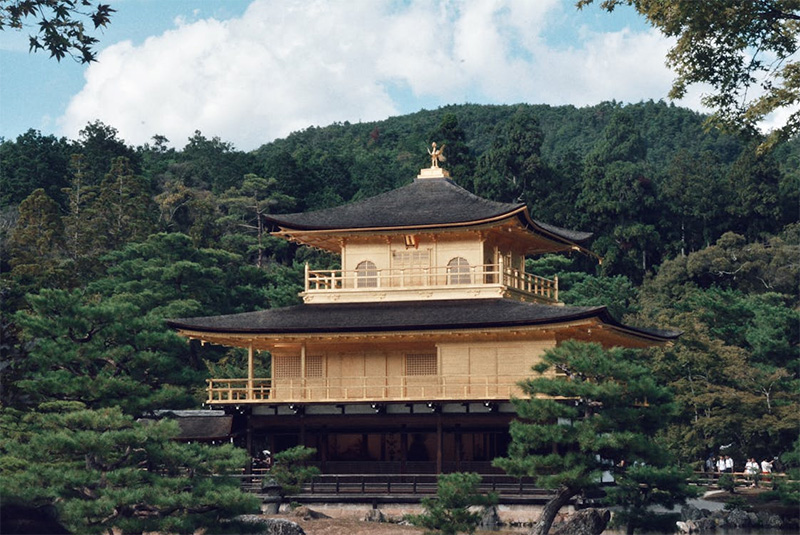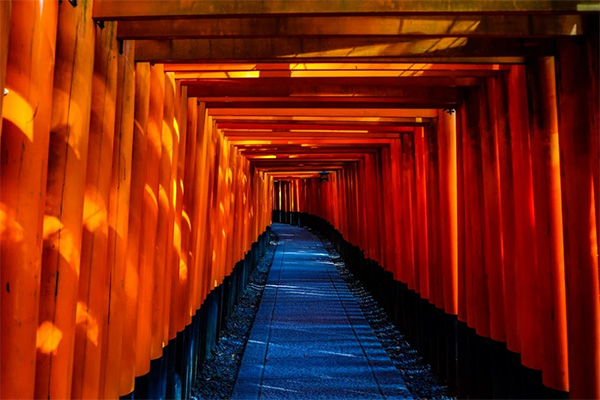Exploring the Ancient Temples of Kyoto
Whispers of history drift through Kyoto’s streets, quietly resisting the pull of modern life. Here, temples don’t announce themselves with fanfare. They simply exist, old stones underfoot and wooden beams overhead, reminding every traveler that time doesn’t move in a straight line. There is always another gate to duck beneath, another garden left undisturbed by the city’s rush. What emerges? Not just stories carved in wood or painted on panels—no, something deeper. To wander these sacred sites isn’t about collecting souvenirs or pictures. The real gift: perspective shaped by centuries of devotion and care for detail.
Stepping Through Time
Shuffling feet on mossy paths: this is no accident. It happens because Kyoto tempts visitors to slow down from the first moment they arrive at its temple grounds. Consider one particular encounter, a breathless moment where sunlight hits golden leaves and suddenly nothing outside those temple walls matters anymore. Shrines hide amidst ancient cedars; bells clang at morning prayers while incense lingers long after monks have vanished back into shadowed corridors. Even city dwellers stop here to blink and remember their grandparents’ footsteps on these same flagstones. And why not? The present folds quietly into memory.
Architectural Wonders Unveiled
Roofs curve like a question mark above latticed screens—hardly surprising given how much inquiry shaped their construction over time. Craftsmanship rules everything here, from vermillion gates to meticulously kept gravel gardens raked every dawn as if creating order could bring enlightenment itself closer at hand. No steel or glass shouts for attention; instead humility reigns—a lesson baked right into clay tiles and cedar beams blackened by centuries of smoke lamps. Visitors crane necks upward but rarely see flashy spectacle; instead it’s subtlety that demands respect, inviting those who pay attention to see just how much meaning hides in quiet corners.
Spiritual Traditions Alive
Gongs echo louder than any smartphone jingle in these precincts, a clear indication that something more than ritual persists behind closed doors and open courtyards alike. Ancient rites continue as monks chant sutras at sunrise or strike ceremonial drums whose deep notes ripple across lotus ponds still mirrored against cloudless skies overhead. Pilgrims clutching prayer beads cross thresholds marked by countless generations before them; each gesture—the bow before an altar or lighting of a single taper—signals not routine but a living connection threaded through years unbroken by haste or convenience culture.
Seasons as Silent Architects
Not just stone and timber shape what rises here; seasons chisel their own masterpieces onto every pillar and eave without asking permission first. In spring, cherry trees reach riotous full bloom across temple courtyards while winter leaves soft mounds of snow on gate roofs that almost sag beneath the hush they impose on busy feet below them. Autumn blazes with maples filtering sunlight red-gold onto statues wrapped in faded silk bibs left by hopeful parents seeking protection for children unseen by most visitors hurrying past—they miss what patience reveals: transformation right before their eyes.
What unfolds along these winding paths isn’t captured well by guidebooks promising “must-see sights.” The true measure lies elsewhere—in moments when conversation stops so cicadas can fill air thick with memory or when rain patters off weathered lanterns beside empty benches waiting for company again next season. These temples keep their secrets tucked inside cedar drawers older than any tourist clutching a map from the hotel desk downstairs ever will be—and that’s exactly why they matter now more than ever before.
Photo Attribution:
1st & featured image by https://www.pexels.com/photo/pagoda-surrounded-with-trees-2342479/
2nd image by https://www.pexels.com/photo/blue-and-orange-wooden-pathway-96420/






